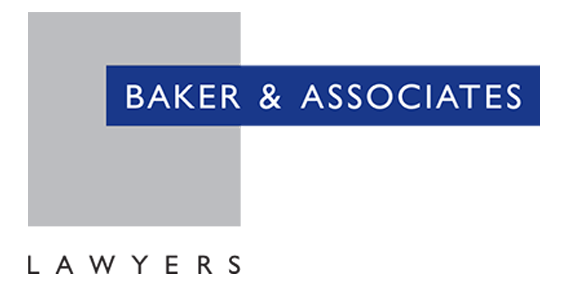Taking time to update a commercial property is often a critical step to attract appeal from potential tenants, increase the value of the property, and comply with building codes and market trends, but perhaps most importantly to avoid potential liability from harm to people or the property.
Updates are inevitable
Some updates are cosmetic to meet market demands. In other cases, parts of the property might be out of date or noncompliant with the California Building Standards Code or federal laws, such as the Americans with Disabilities Act (ADA). Older buildings in particular often require significant updates to be safe and functional. The most common types of property updates generally include:
- New lighting or electrical
- Adding or removing interior walls
- Updating the HVAC system
- Replacing the roof
- New plumbing
Updating a property may not involve renovating the structure of the building, but it could affect it. Issues – or even damages – could result from improper updates to the property, such as water damage from faulty plumbing.
Who takes responsibility?
Whoever takes responsibility for property updates usually depends on two factors:
- The specific issue or root cause of the damage
- The terms of the lease
- Workmanship of contractors
Property owners carry the general responsibility for repairs and updates unless the renting business owner caused the damage. However, if the tenant causes damage to the building, the owner may try to hold them responsible for the cost of repairs. Finally, in the case of a situation where repairs were made but fail, the contractors could be held responsible for both faulty workmanship and the damages resulting from their work.
Ultimately, these can become big, complicated disputes with everyone pointing fingers at one another, so all three entities should arm themselves with photos, documentation and an attorney who specializes in leaseholds and construction.

